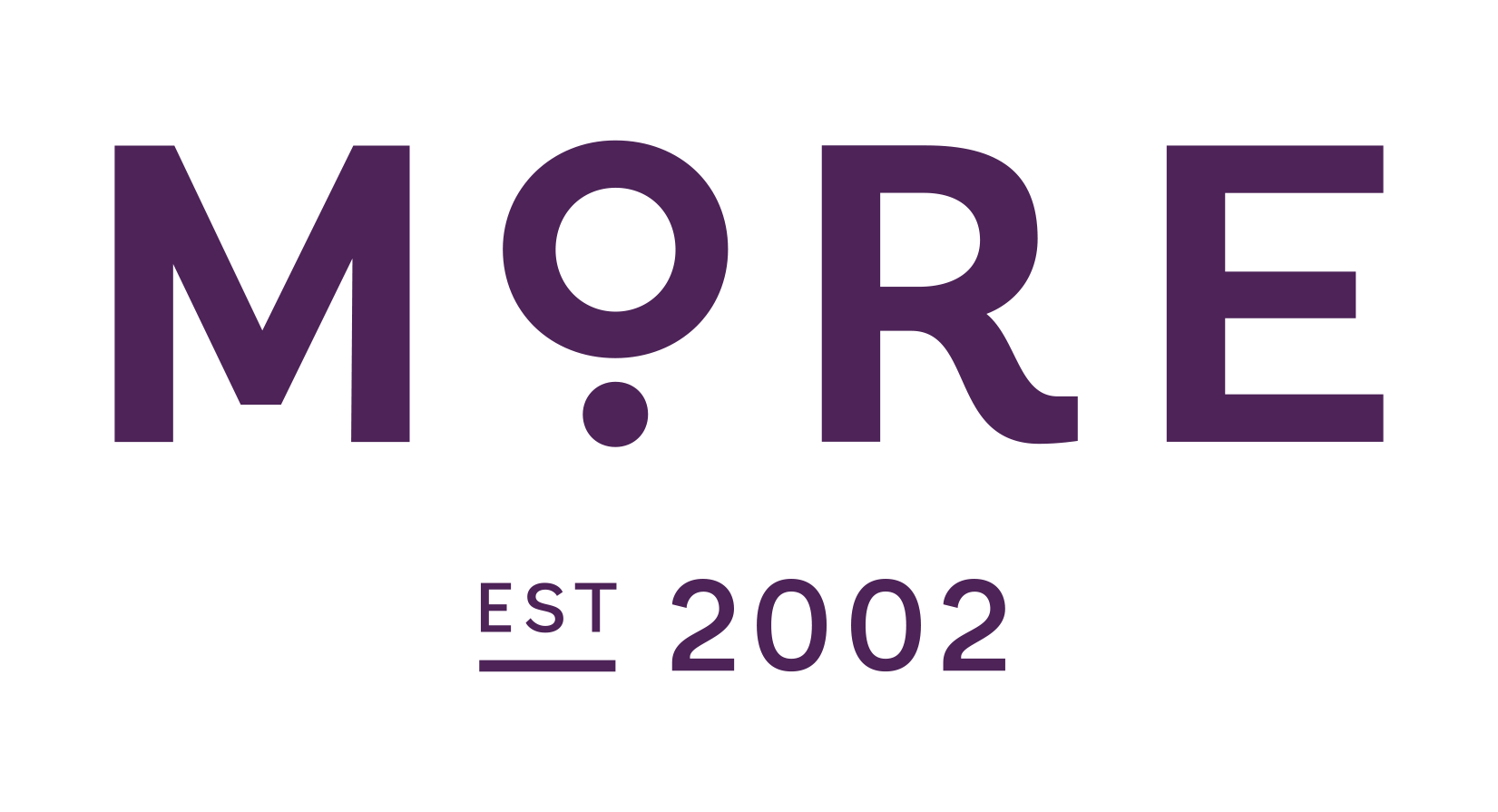Information
-
Restaurant Location
-
Conducted on
-
Prepared by
-
Managers on Duty
Pre-Visit Planning
-
The nature of all unit visits is developmental. Conducting unit visits as an ‘auditor’ opposed to a partner is deadly to sustained unit growth. You are visiting ‘people’ not ‘stores’.
This High Impact Restaurant Visit Template will help you evolve from an “inspect, correct, direct” approach to an observe, inquire, and develop. process. Visit every restaurant weekly, have a goal and a focus. and help them grow. A DM’s primary role during visits is to help manager think, then improve Mgr skills as guest- centric coaches and leaders.
Use this Template to make every visit high-impact.
Pre - Visit Planning
-
Using the appropriate CTUIT Reports, forms and planning, assess the following
-
Unit ranking among all Units
-
Detail Progress on Bonus Benchmarks
-
Assess 13 Month financial and performance trends
-
Review last visit report and assigned goals, timetable
-
Determine the type of visit
-
Determine the Focus of the Visit
- Financial (sales/ profit)
- follow up from previous meeting/ Information Gathering
- Training
- Morale (turnover, engagement)
- Leadership (bench strength)
- Systems/ Processes
- Safety and Security
- Steve's Basics
- Performance Evaluation (all up to date)
- Manager One on One
- Guest Centric (meet guests)
- My Top 3 Concerns/ GM's Top 3
-
Determine the Time Frame
During the Visit
Outside the Unit
-
Walk SOLO first 'Be the Guest'
-
Parking Lot
-
Landscaping
-
Curb Appeal
-
Cleanliness
-
Back Door
-
Front Door
-
Awning
-
Signage
-
Patio/ Fountain/ Umbrellas
-
Bulding
-
Lighting
-
Dumpster
-
Walkway
-
Additional Comments
-
Now walk with the GM or Manager on Duty
-
Note what they see... Don't just point out what you saw.
Inside the Unit
-
Remember to spread energy, don't take it away. Greet the entire team. Be a Brand Ambassador.
Stay focused on the the performance you came to address. If you see another major area that needs attention, note it and address later. -
Walk the unit SOLO first, see what's being done, what's being overlooked.
-
Evaluate furniture, bar, lighting, tile floor and squirrel stations
-
Evaluate Restrooms
-
Staff - 'Look the Part', 'Act the Part'... Uniforms, Morale.
-
Observe Servers and Bartenders (following Steve's Basics)
-
Observe Host staff (following Steve's Basics, large party procedure, 'balancing the boat', quote times)
-
Observe Pre-shift and/ or Management Feedback
-
Observe Equipment and Storage areas in HOH (clean, working)
-
HOH Floors, Walls and Counters (clean, in good repair)
-
Observe food handling, cooling procedure, and labeling
-
Are fundamentals being followed in kitchen ('over, under', 'any two ticket', 'talking ticket times'
-
Manager on CA side/ host area, office hours being followed.
-
Review Manager logs and forms, petty cash, cost control sheets, tip share and comp/void procedure
-
Back door and back gate secure. (Locked, detex alarm armed, )
-
Additional Comments
-
Now walk with the GM or Manager on Duty
-
Note what they see... Don't just point out what you saw.
-
Additional Comments
After the Visit
After the Visit
-
Select a quiet corner and review your visit before engaging the manager.
-
Next to each challenge area note:
-
Is the problem new or recurring?
-
Is it a surface problem or deep rooted?
-
What process or system might have failed?
-
Is it a team or management performance issue?
-
If its a management challenge, is it the result of skill, ignorance or attitude?
One on One manager discussion
-
Briefly review and recap key points of prior visits
-
Your Top 3 Concerns
-
Your Managers Top 3 Concerns
-
Share and discuss your impressions with your manager. This should be a dialogue, not a monologue. Bring energy, don’t take it away.
-
Balance discussion between unit performance and personal development.
-
Praise progress. Then identify problem areas and their possible root causes together. Don’t just ‘show and tell’. Ask questions that uncover mutual understanding and development.
Agree on an action plan and next steps with a timetable, and leave written record.
-
Manager
-
DM









